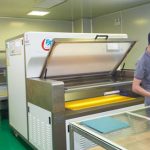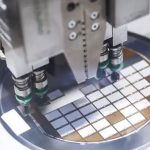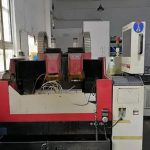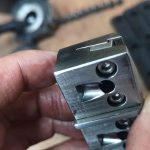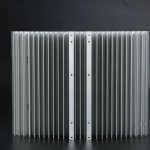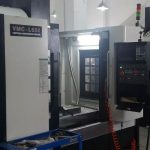- The image is abstracted. Image abstraction can remove redundant details while maintaining the salient features of the image. DeCarlo et al. proposed algorithms for stylization and image abstraction based on computer vision technology. By tracking the eye movement of the experimental subject, the salient features of the image are determined through the calculation of the human body perception model. Kang et al. introduced a stable and easy-to-use image abstraction method that can automatically abstract an image into a series of coherent lines and maintain the characteristics of the image. This method can also be applied to video cnc machining.
- Image redirection algorithm. Researchers have proposed many image redirection algorithms based on content recognition. Shamir and Sorkine published an overview of image redirection algorithms, dividing them into two categories: discrete algorithms and continuous algorithms. Seam carving is a typical discrete algorithm. Continuous algorithms usually optimize the mapping between pixels before and after redirection to meet specific constraints, so that the main object of the image is not deformed, and the image distortion is reduced. Guo et al. used the grid parameterization method for image reorientation calculation, keeping the main objects in the image unchanged while adjusting the background, which can effectively reduce the visual distortion of the adjusted image. By adding shape-preserving constraints to the optimized energy, the algorithm achieves the goal of keeping the main object unchanged and adjusting the background.
- Face image processing. In the hundreds of years of human history, the visual system can quickly and accurately recognize human faces and distinguish subtle changes on human faces. A lot of research work focuses on studying human faces, including face beautification, detection and recognition, etc. Chen et al. proposed an algorithm to abstract portraits into cartoon styles. This method is stable and effective, but the cartoonized result depends on the sample training set. Wang et al. proposed a data-driven sketch synthesis method, which can generate sketch style results while maintaining image features. Berger et al. incorporated line extraction and artist style into the sketch generation algorithm and achieved good results. Zhang et al. used a data-driven method to generate natural and vivid cartoon portraits. This method is simple and easy to use, but it can only process frontal images and cannot retain details such as wrinkles and moles
Link to this article:Application of 3D printing for image processing
Reprint Statement: If there are no special instructions, all articles on this site are original. Please indicate the source for reprinting:Alloy Wiki,thanks!^^



